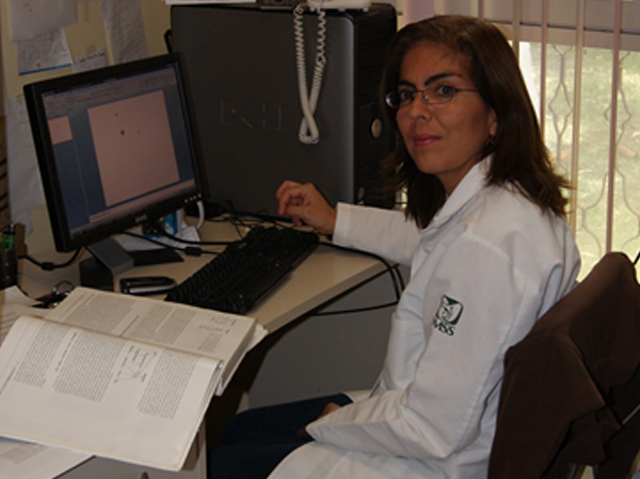
Biological characterization of three natural isolates of the porcine rubulavirus (Mexico). Porcine rubulavirus (PoRV) produces a neurological and reproductive syndrome in pigs called the blue-eye disease, known only from Mexico. Several isolates were grouped by the main symptoms presented during outbreaks: a) neurotropic in piglets, (b) broadly neurotropic in piglets and gonadotropic in adults, and (c) gonadotropic in adults. We studied some biological properties of three strains, which fall in one of each virus group: La Piedad Michoacán (LPM) and Producci6n Animal Cerdos 1 (PAC1) and 3 (PAC3), respectively. The analyzed viral properties are mainly related with the trans-membrane hemagglutinin-neuraminidase (HN) and fusion (F) proteins, such as cytopathic effect, hemolysis, hemagglutinating (HA) and neuraminidase (NA) activities. In the infection assays PAC1 strain presented the highest fusogenicity level; however, the most cytolytic strain was PAC3. In addition, HA and NA activities and viral genome of PAC3 strain was detected in supernatants during cell infection earlier than in the other two strains, which shows that PAC3 virions release from the host cell earlier than LPM and PAC1. Experimental determination in purified viruses shows that PAC3 presented a higher HA and NA activities; however, PAC1 shows other interesting properties, such as a high thermostability of HN and differences about substrate profile respect to LPM and PAC3. Our data suggest that NA activity is associated with the virulence of RVP.










